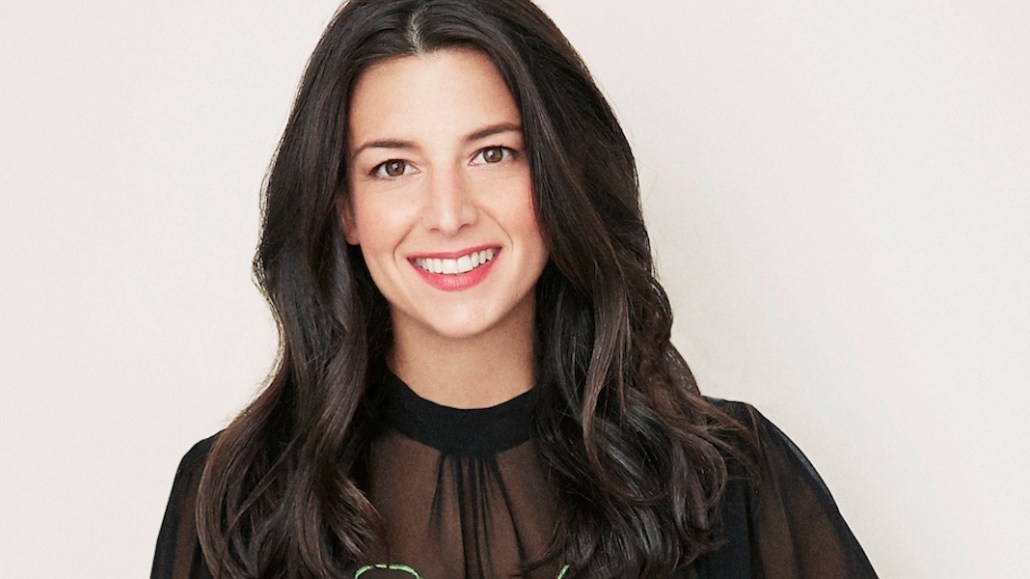

Before landing at The Outnet in 2011, Shira Suveyke’s leapfrog through the retail industry took her through positions in merchandising and planning at Ralph Lauren, Macy’s and J.Crew, and a digital stint in the early days of Gilt Groupe. By the time she reached The Outnet, e-commerce was gobbling up physical retail foot traffic and the off-season e-commerce counterpart to Net-a-Porter was just getting off the ground.
Now the co-president and chief merchant for the retailer, Suveyke is navigating a turbulent time for retail, where the action is moving to mobile and off-price is driving growth for plenty of traditional department stores, Macy’s and Nordstrom among them. At the Yoox Net-a-Porter Group, the off-season sector (made up of The Outnet and Yoox) accounted for 40 percent of revenue in 2016 — a growth of 19 percent year-over-year, to $781 million.
So far this year, The Outnet has relaunched its e-commerce site and rolled out an Android mobile app and athletic wear category as part of its growth strategy. Competition in the off-season space is heating up, and Suveyke knows that winning customers comes down to the best product selection. We asked her what sets The Outnet apart. Answers have been edited for clarity.
What differentiates The Outnet from other off-price retailers?
The Outnet’s point of differentiation is that it’s a luxury, full-price customer experience that’s service-led, but in the discount world. When we built the business, we were able to build on the strengths of the Net-a-Porter model: a content-led, service-led and brand-curated experience. All of those elements, we packaged into the off-season space. That formula pulled together to create something engaging to customers.
So how does The Outnet differentiate itself from Net-a-Porter?
What’s important, which is something a lot of people don’t know, is that all of our stock doesn’t come from things that didn’t sell on Net-a-Porter. That’s a myth. Ninety-percent of what’s featured in The Outnet is the result of brands working with our product team. We have buyers on the ground in New York and London, and it’s really important that they be out attending showrooms and presentations, and staying on top of the in-season trends. At the same time, there has to be a dialogue with designers to make sure we’re getting distinctive product that’s commercial; the price architecture needs to be right for our customer. It’s a luxury edit that needs newness and excitement, but still needs to be accessible.
How closely do you work with brands on product selection?
The majority of our brands, which we work with globally, are working with us on exclusive product, with The Outnet customer in mind. That collaboration starts at the upfront of fashion week — we just have to wait [to sell] until the markdown period in order to be sensitive to the full-price life cycle. So much about our product selection is about those brand relationships, so we’re constantly building that connection.
How do you respond to trends when operating in the off-season fashion space?
We’re always looking at previous seasons to understand the customer behavior — where there is largest demand by region, what’s trending — and using that to inform buying. But it’s also important that our buyers are out in the market, thinking about the future and not the past. We monitor keyword searches on a weekly basis, and we’ve seen trends like the cold shoulder ramp up in search behavior, and that indicates it’s a place to invest.
How large of a role does customer data play in merchandising decisions?
The Outnet has a panel of 10,000 women globally that we reach out to in order to get a better understanding of what makes our customers tick, so their opinions influence the future of our business. For example, when we were trying to determine the direction of our first private label, Iris and Ink, it was really important that it resonate with our top customers. So we went to them in the planning process, and then would go to them on a seasonal basis to hear what they loved about the brand, and took on a lot of their feedback as we made the collection — they wanted more cashmere, for instance. It’s a been key element in the success of it.
Off-price retailers are driving a lot of the growth at department stores right now. Where does that position The Outnet in the industry?
We’re all reading about declining mall traffic, which puts us in an excellent position. Customers are becoming more reliant on shopping online and on mobile. We see more than 50 percent of our sales coming from mobile, so we’ve adopted a mobile-first strategy when it comes to the future of our technology development. First it was e-commerce, now it’s mobile. So that’s where we’re shifting.
More in Marketing

Best Buy, Lowe’s chief marketing officers explain why they launched new influencer programs
CMOs launched these new programs in response to the growing importance of influencers in recommending products.

Agencies create specialist units to help marketers’ solve for AI search gatekeepers
Wpromote, Kepler and Jellyfish practices aim to illuminate impact of black box LLMs’ understanding of brands search and social efforts.

What AI startup Cluely gets — and ad tech forgets — about attention
Cluely launched a narrative before it launched a tool. And somehow, it’s working.








